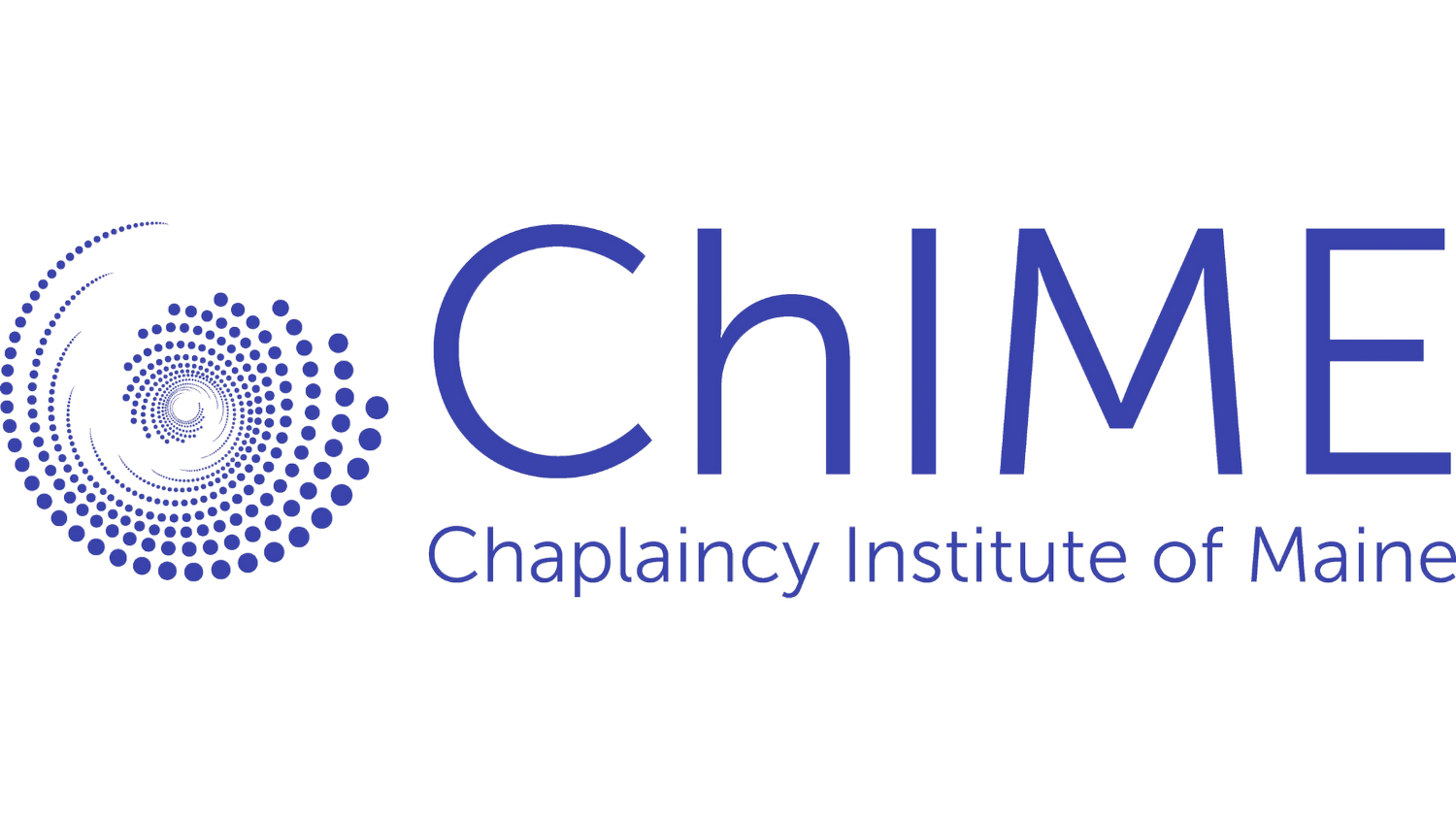
By Mary Gelfand.
Winter Solstice is a very sacred event in many faiths—it is the night we celebrate the rebirth of the Sun—a ritual almost universal in human cultures and known by many names. On Dec. 21, here in the northern hemisphere, we observe the shortest day and longest night of the year. Darkness has been increasing noticeably, minute by minute, and the desire to draw inward is reinforced by the cold. Sometimes we wonder if the darkness will go on forever.
The pre-Christian indigenous peoples of western Europe had similar concerns. By late December, the hard work of harvest was finished. Winter Solstice created a time and occasion for extended families and tribal groups to gather for religious rites and celebrations centered around the turning of the solar Wheel of the Year. On the night of Winter Solstice, the energy of increasing darkness slows, pauses, turns . . . and gradually the energy of increasing light begins to manifest. This was deemed worthy of celebration.
As the sun set, the clan gathered on a hilltop for the lighting of the sacred bonfire, which would burn all night. Feasting and dancing followed, and as the night wore on, some returned to their shelters at the base of the hill. Others committed to the holy task of sitting with the fire all night—sacred tenders keeping the flame alive until they could witness the rebirth of the Sun—visible evidence of the Divine promise that life would continue.
May the Solstice fires bless and illumine your world in the coming year. Rev. Dr. Mary Gelfand is an ordained Interfaith Minister, a gifted teacher, and Wiccan High Priestess. She teaches and writes on the topics of feminist spirituality, Tarot, and Earth-centered spiritual paths. She resides in Wells with her husband Mark, two cats, and a forest full of birds, chipmunks, and other mysteries of life. You can see more of her writings at weavingthestars.blogspot.com.
Rev. Dr. Mary Gelfand is an ordained Interfaith Minister, a gifted teacher, and Wiccan High Priestess. She teaches and writes on the topics of feminist spirituality, Tarot, and Earth-centered spiritual paths. She resides in Wells with her husband Mark, two cats, and a forest full of birds, chipmunks, and other mysteries of life. You can see more of her writings at weavingthestars.blogspot.com.
Photograph: Almost Solstice by Lindy Gifford

